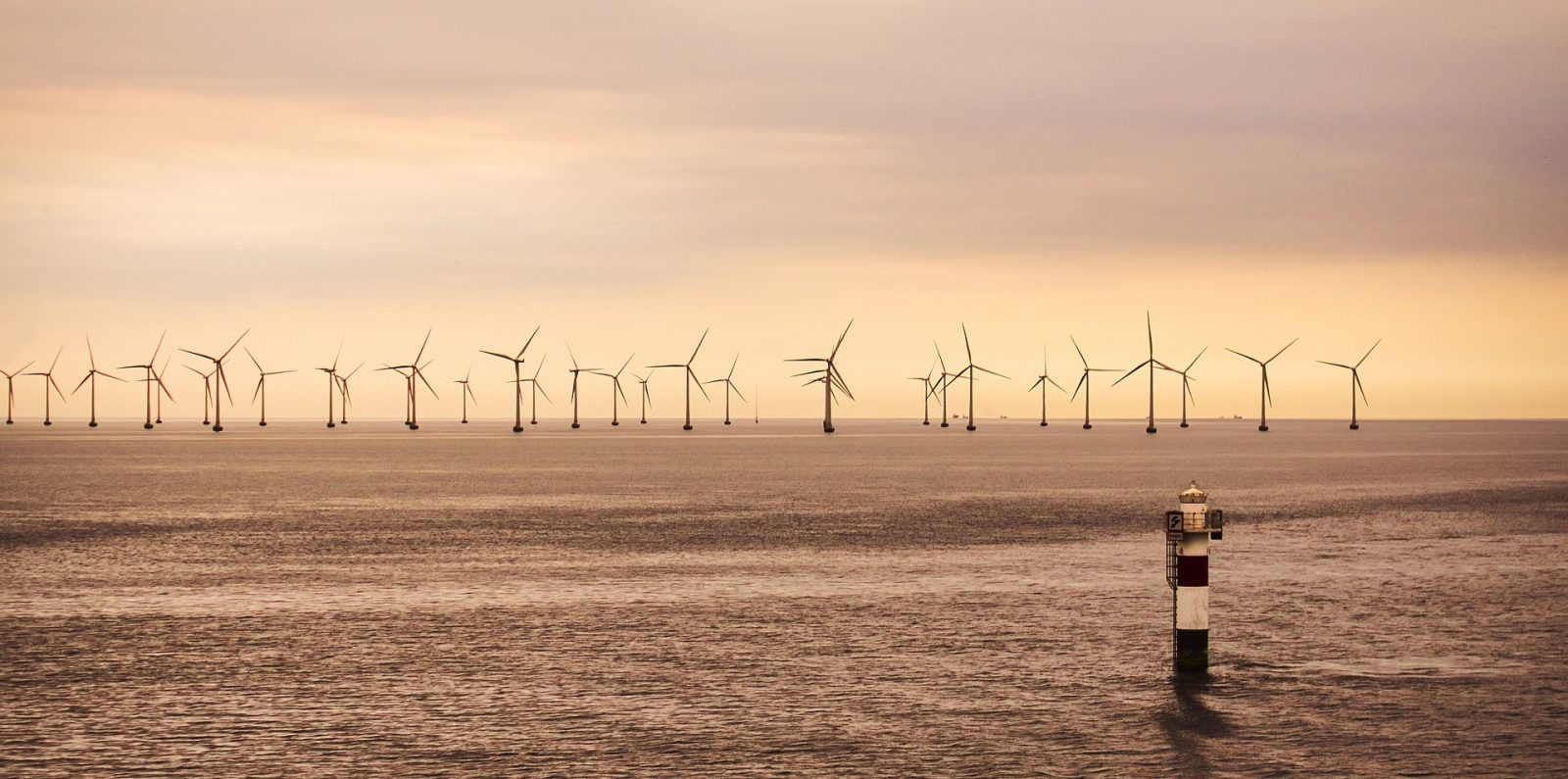
In today’s Electrek Green Energy Brief (EGEB):
- A new report that studied US offshore wind by coastal region and state found huge potential.
- Los Angeles and New York launch virtual power plant programs fueled by solar-charged home batteries.
- UnderstandSolar is a free service that links you to top-rated solar installers in your region for personalized solar estimates. Tesla now offers price matching, so it’s important to shop for the best quotes. Click here to learn more and get your quotes. — *ad.
Offshore wind’s unbridled power
Twenty years ago, the US got around 0.6% of its electricity from wind, solar, and geothermal. Now that percentage currently sits at 11.5%. It needs to grow fast so the US can meet Paris Agreement targets, and the good news is that Environment America Research & Policy Center and Frontier Group think it can.
A new joint report, “Offshore Wind for America: The Promise and Potential of Clean Energy Off Our Coasts,” asserts that offshore wind has the potential to meet 90% of US electricity demand in 2050. The two groups examined US offshore wind potential by coastal region and state, and documented the status of existing projects and technological advances.
The study found that the Atlantic region has the highest potential to generate offshore wind – if fully developed, four times as much electricity as the region used in 2019 (which, frankly, isn’t much, seeing how the US had only one wind farm, Block Island, off Rhode Island, in 2019). The Gulf of Mexico is second, followed by the Pacific and then the Great Lake regions for potential capacity. But there are a lot of offshore wind farms in the pipeline, and Vineyard Wind off Massachusetts, slated to become the first large-scale offshore wind farm in the US, is headed toward formal authorization by the Bureau of Ocean Energy Management under the Biden administration.
So it’s not surprising that of the 29 states examined by the report’s authors, Massachusetts was No. 1 for potential to generate the most offshore wind power. Further, Maine has the highest ratio of potential offshore wind power to its current and future electricity needs. For projections of 2050 electricity demand, the report assumes that US buildings, industry, and transportation will be powered by clean electricity rather than fossil fuels.
So it’s time for all coastal state legislators to look to its rapidly growing success in Europe and incentivize offshore wind farms. Hannah Read, Go Big on Offshore Wind associate with Environment America Research & Policy Center, said:
For offshore wind to succeed, we need to set strong, enforceable targets around it. The sheer abundance of this incredible renewable resource should convince our state leaders to make bold commitments to start powering our homes with offshore wind.
Virtual power plants in NYC and LA
This week, energy and smart grid solutions provider Swell Energy and New York City’s energy giant Con Edison announced a residential solar plus storage program in Queens, New York.
Those who own a home in Queens may qualify for a home battery, and Swell will cover a portion of the upfront costs (they don’t specify how much). The offer is limited to the first 300 homeowners who reserve a spot.
Swell’s website states:
The Virtual Power Plant will provide 500 kW of clean energy to Con Edison customers during peak periods, lightening the load on the energy grid on summer’s hottest days.
This project is the first of its kind in New York City, and it’s just the beginning of a new way to think about how you get and use energy.
These new, state-of-the-art home batteries will help you get the most out of your solar panels.
Queens residents can apply by clicking on this link.
And in Los Angeles, in order to form a virtual power plant there, too, 50 eligible homeowners in San Gabriel Valley will be able to enroll in the Bassett Avocado Heights Advanced Energy Community (BAAEC), a pilot project that will use sonnen batteries and rooftop solar.
Blake Richetta, chairman and CEO of sonnen, said:
Collaborative projects like BAAEC go beyond the conceptual, pilot phase and showcase how this model can perform at scale, delivering tangible benefits to residents, while helping to improve the local utility infrastructure.
FTC: We use income earning auto affiliate links. More.





Comments